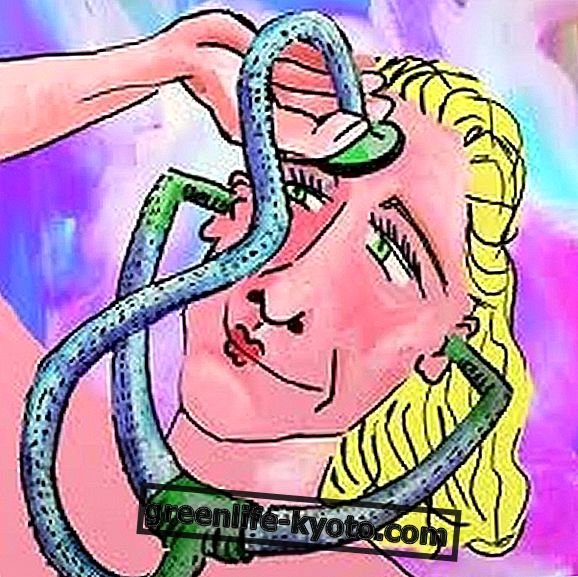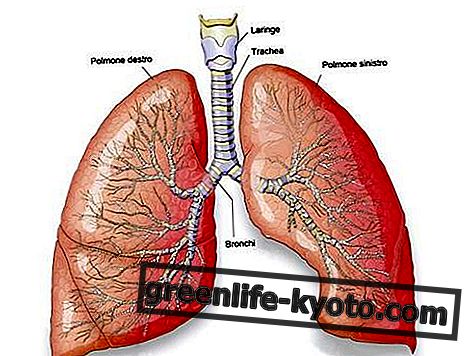
The use of music with therapeutic function is very ancient. Let's see what the benefits of music at school are for children.
Disabled children at school: because music helps
Musical activities can perform various positive functions for disabled children at school :
- they promote and promote interpersonal relationships and therefore facilitate interaction with other children;
- solicit the creativity of disabled children, as they are involved, thanks to music, in a series of different proposals that stimulate them to move, to play with their own voice and with instruments, to improvise sound sequences, to devise situations;
- they help children express themselves more freely and liberally, but at the same time, they accustom them to the rules, thus also contributing to the development of self-control;
- they promote the development of motor skills;
- finally, musical activities at school help in the conquest of autonomy . In fact, children in difficulty are faced with small problems to be solved. Of course, they have a guide that helps them and supports them, but this has the task of exclusively providing support in a non-critical way; all this favors awareness and communication in disabled children.
Disabled children in school: educational goals of music
The objectives of the use of music at school in the education of disabled children necessarily vary from subject to subject and also based on the type of disability.
However, music can contribute, in any case, to the birth and consolidation of cquisitions that go well beyond musical ones : safety, cognitive experiences, socialization, overcoming emotional fragility and so on.
The general objectives to help disabled children at school with music therapy could therefore be summarized as follows
- to encourage opportunities for socialization and integration with classmates;
- to promote, through music play, the autonomy of the child;
- discover the manual ability and therefore the ability to do and perform;
- to foster, through the development of creativity, the maturation of the emotional component but also that of a greater understanding of reality ;
- propose exercises that promote movement and therefore the development and consolidation of motor skills.













